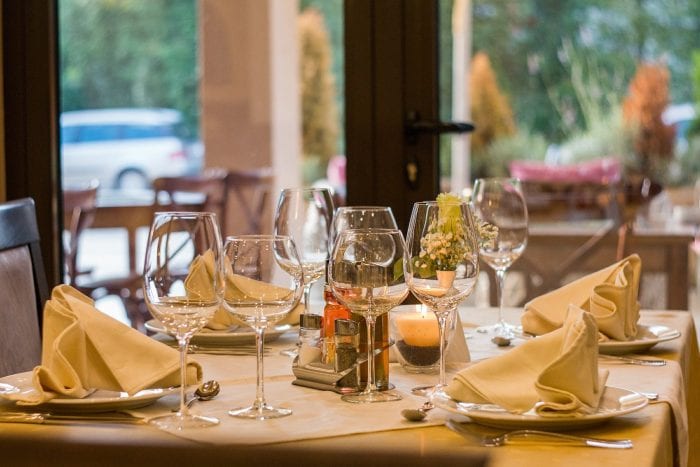Between You and Me: Out to a restaurant with a friend but still cautious
By Leah S. Dunaief

For the first time in many months, I went out to a restaurant for a meal. It was breakfast and I was joined in this remarkable activity by a good friend who, like me, has had both vaccine shots plus the requisite 14-day period for the second one to take effect. There was no one else in the restaurant, although by the time we left, a couple of tables, in the distance, were occupied. It felt … familiar yet a little odd … to be sitting there, waiting to be served. We all wore masks, the waiter and the two of us, at least until the food arrived and we were about to eat. It was nice eating hot food instead of the cooled down takeout meals in the aluminum or Styrofoam containers we occasionally had brought home.
The food tasted delicious, perhaps partly because I was savoring those first bites. And the pleasure of sharing the experience with someone across the table whom I had only spoken to on the phone during these many pandemic weeks was a delight. I could see her face, and not just her eyes and eyebrows. How lovely it all was. How normal!
In fact, according to a front page article in The New York Times this past Monday, we seniors who have been twice vaccinated have become the “life of the party.” We older folks, who got the shots ahead of everyone else, are “emerging this spring with the daffodils, tilting [our] faces to the sunlight outdoors. [We are] filling restaurants, hugging grandchildren and booking flights.”
The article goes on to declare an upside-down world of generational reversal in which the older folks are drinking the martinis and crowding around the bars instead of the more typical scene populated by the younger set. Two-thirds of Americans over 65 have started getting vaccinated and 38 percent have completed the process compared to 12 percent of the general population. Many older people are still maintaining cautious lives as mutations of the virus may pose unknown threats, and the unvaccinated are still at risk if those who have had the shots turn out to be inadvertent carriers. Of course, this is the demographic segment that also has suffered the most losses, as the senior, more medically vulnerable were the main cohort stricken by the deadly coronavirus.
Still, despite the greater risks, recent studies have shown that the older generation throughout this pandemic was less concerned with the threat of COVID-19 and was associated with better emotional well-being and more daily positive events. Under the constant stress, their coping skills were relatively strong, a benefit of aging, and they reported less stress.
As of Monday, 60 million Americans had received at least one dose of a COVID-19 vaccine, more than 31 million are fully vaccinated, and more than 2 million people are being vaccinated every day. But we know that the pandemic is not over by any means, and the worst possibility at this point would be for us to suffer another surge the way European countries presently are.
It’s still hard to know what is safe. Despite the science, there are several unanswered questions. including how long vaccinated protection will last and whether the vaccines can continue to defend against the new, more contagious and more virulent variants. We can gather in private homes with small groups of likewise vaccinated without masks or distancing and even with single families whose members have not yet been inoculated but are at low risk for developing severe illness should they catch the virus. This best applies to grandparents who may now visit unvaccinated children and grandchildren without masks and social distancing.
In public places, however, those who have had their shots should still wear their masks, practice social distancing, avoid poorly ventilated spaces and frequently wash their hands. Long-distance travel is still discouraged.
We are so near and yet still so far.







